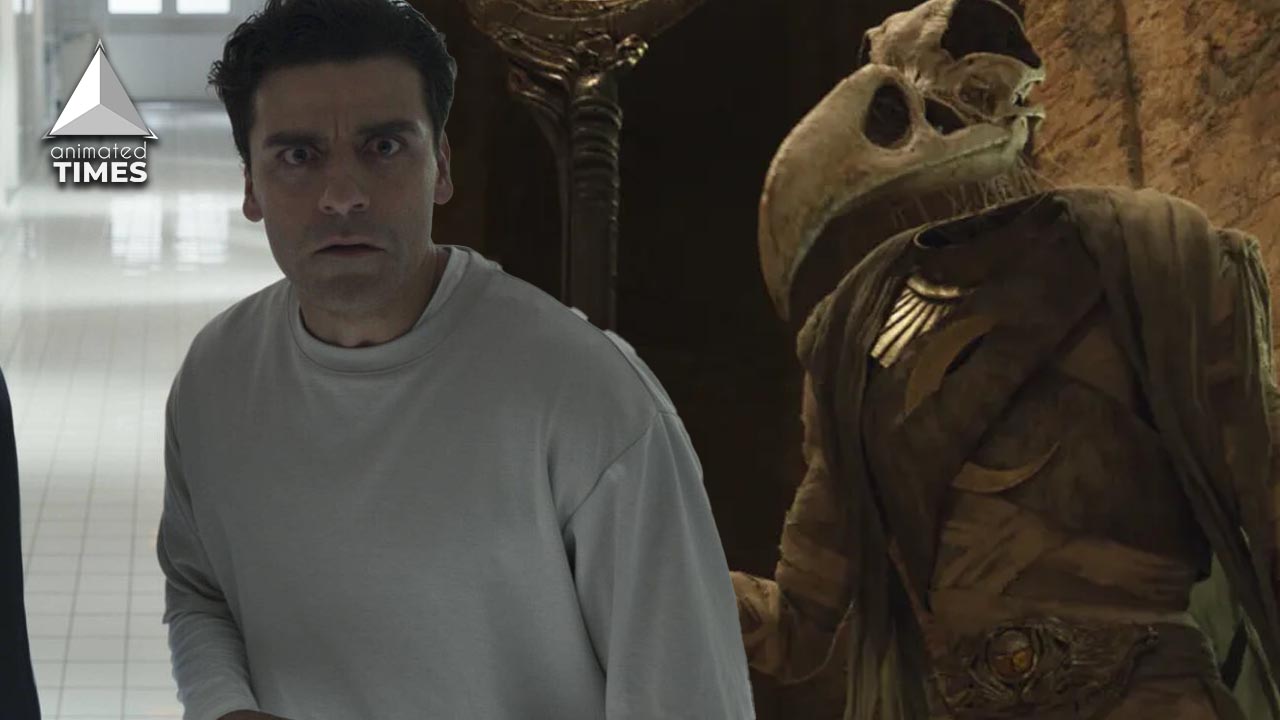8 Ways Moon Knight Was Comic Accurate
Marvel has been all about Superheroes since time immemorial. But they were all modern superheroes. With Moon Knight, Marvel took a different take on superheroes involving mythology and psychology. The other thing that Marvel did that was a first was sticking to the content in the comic. Marvel has been known for being malleable with storylines from comics to movies to fit in various aspects. However, for Moon Knight, the creators stuck to the story in the comic right till the very end of season one.
Here’s listing out 8 ways the series was a replication of the comics:
Involving Khonshu and other Egyptian Gods and Goddesses:
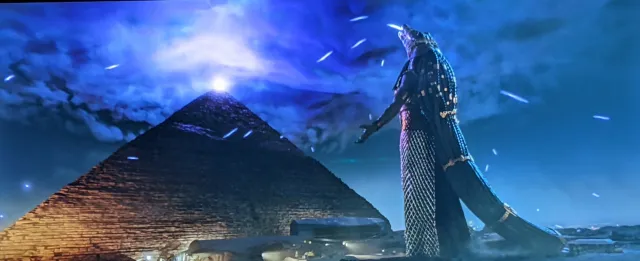
The standpoint of the Moon Knight comic was to introduce the influence of mythology in the world of superheroes. And ensuring that they don’t distort facts to just ‘fit in’ and make the story interesting, the creators stuck with the description of Gods and Goddesses involved in the show. In fact, it would be safe to say that the creators to an extent enhanced their CG to portray the Gods. Ammit, Khonshu, or Taweret.
The portrayal of the Dissociative Identity Disorder:

Moon Knight, the series was able to capture the disorientation and broken nature of Marc/Steven’s psyche. The show’s fantastic editing to show the audience the transitions of alters and the fear Steven experiences when he first discovers that was remarkable. This might be something the comic might not have been able to capture in its true essence.
Khonshu being Khonshu:

The Egyptian God Khonshu is the driver of the entire plot of Moon Knight. Both the comic and the series show that Marc was saved by Khonshu from the gallows of death in an exchange for becoming his avatar. Khonshu’s portrayal in the comic is in the form of hallucinations directly speaking to Moon Knight and his other alters. But the series gives life to Khonshu. The show also starts off with the scattered voice of the God in the first episode before his grand reveal. But his first onscreen appearance proves to be just as intimidating as his comic counterpart.
The Costume is spot on and better than the comic:
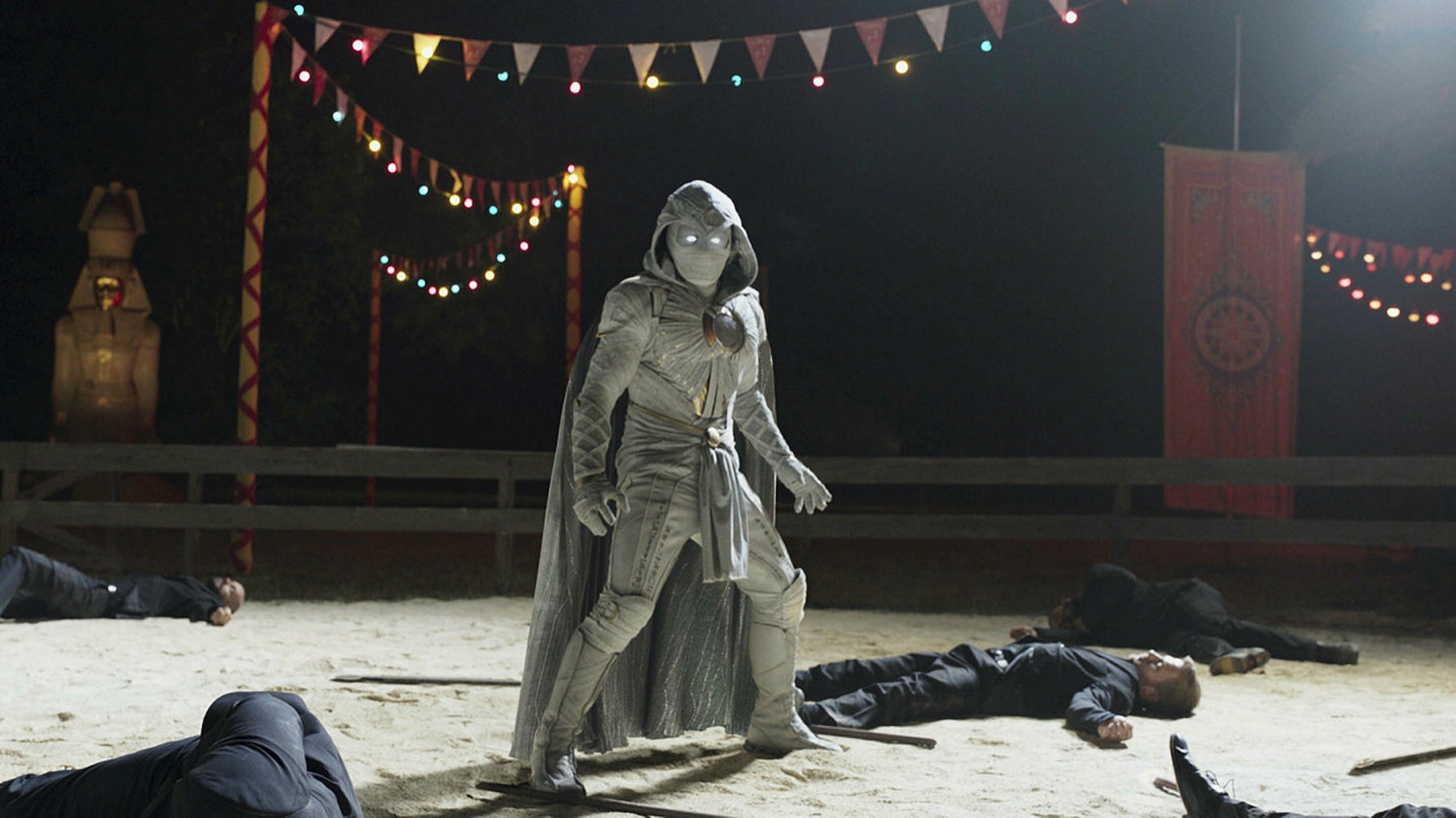
Moon Knight’s “Suit up” is visually iconic. The all-white robes coupled with his pointed hood and flowing cape cuts an instantly recognizable silhouette among the many catsuits and mech rigs of the MCU. The audience had to wait till the very end of the first episode to see how the creators replicated the suit of the titular character to the T. Even Mr. Knight’s suite is quite to the point according to what they show in the comics.
The Darkness Remains…
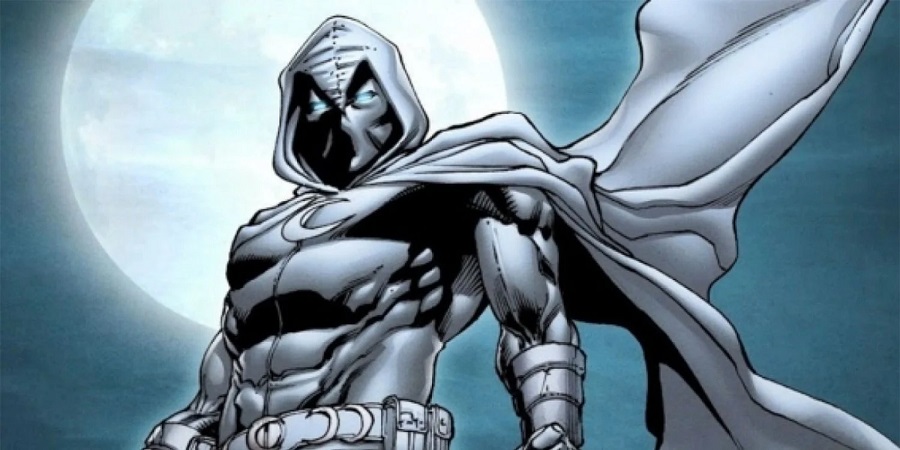
Most of Marvel’s comics are primarily upbeat, and optimistic (Like Captain America) with hints of ironic jokes and references (Like Ironman). Though there were times when Marvel showed the darker side of characters, in Moon Knight, Marvel delved a lot deeper. The Moon Knight comics have a gloomy and gothic theme. The show took the darkness a level deeper. With manipulation, superstitions, and sacrifices in the name of God, the show is more intense than its other counterparts.
Moon Knight’s and Khonshu’s Mission remains the same:
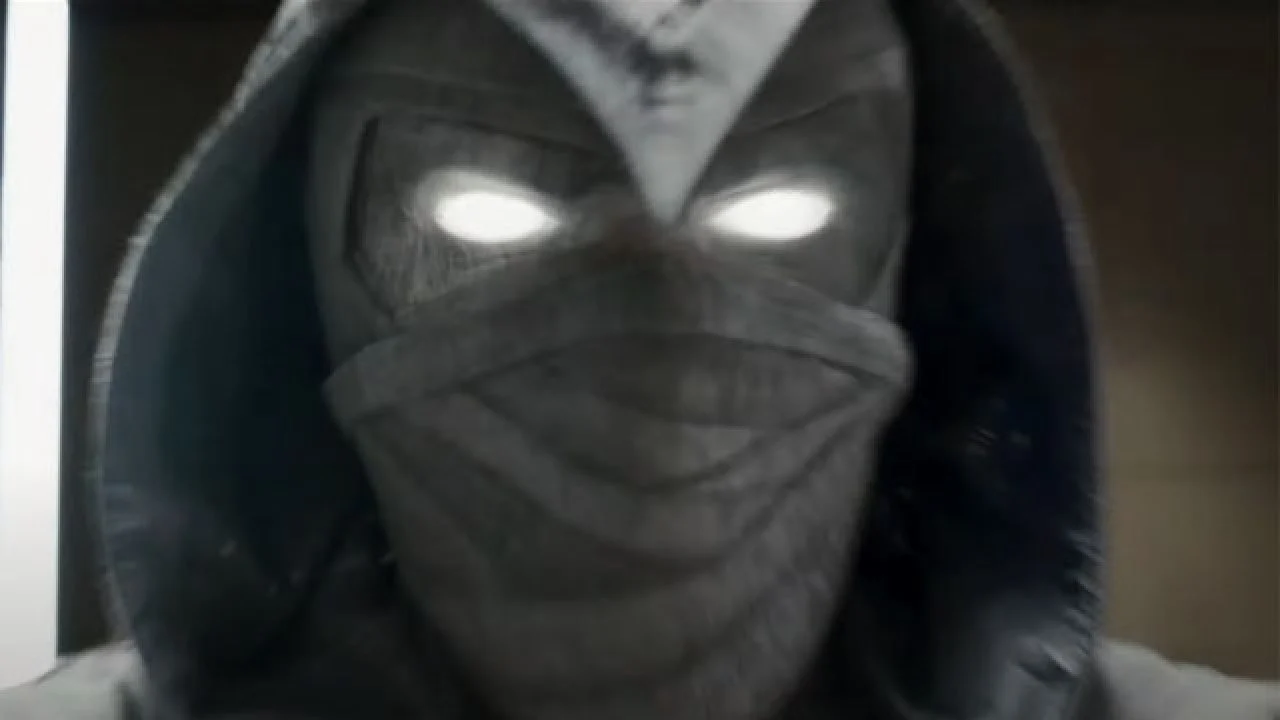
Marc Spector explains to Steven Grant the rules of the pact with Khonshu in the second episode. Khonshu and therefore, Moon Knight fight to protect the vulnerable. This line, though small, captures the essence of the mission Khonshu and Moon Knight set out to. Be it in the comics or in the series. Khonshu saves Marc in exchange for the latter becoming the former’s champion, seeking justice and vengeance for the vulnerable and oppressed. This relationship and goal is a primary driver of the story, and the ultimate mission of the main character remains intact despite the changes.
Mr. Knight’s chuckling personality:
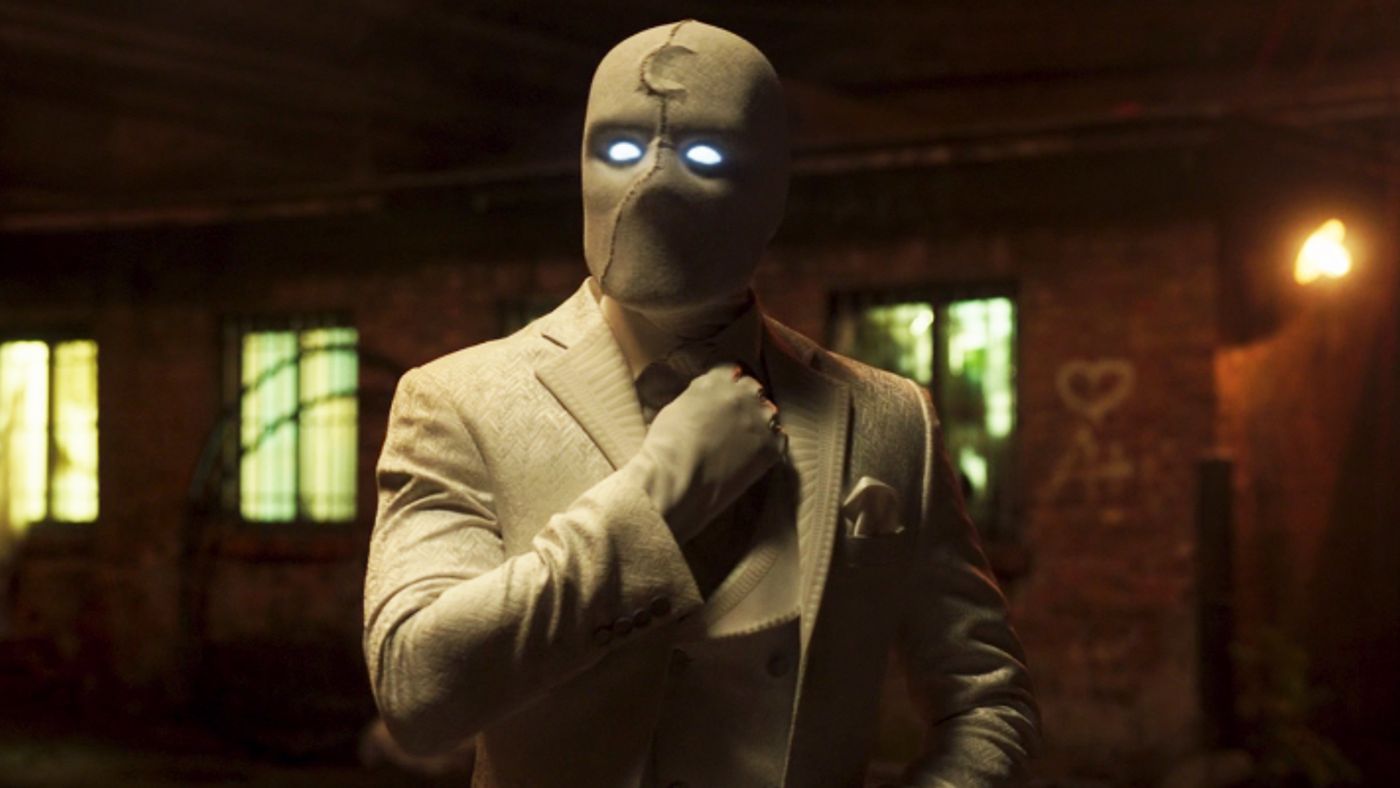
The lighter counterpart of Moon Knight, Mr. Knight wears a three-piece suit just as in the comic. This version of the protagonist acts as the Moon Knight’s lesser aggressive public face in the comics and his onscreen debut had no less charm. Oscar Isaac was successful at bringing out two completely different personalities through his dialogue delivery accompanied by the costume.
Setting a class apart from the regular MCU comics:
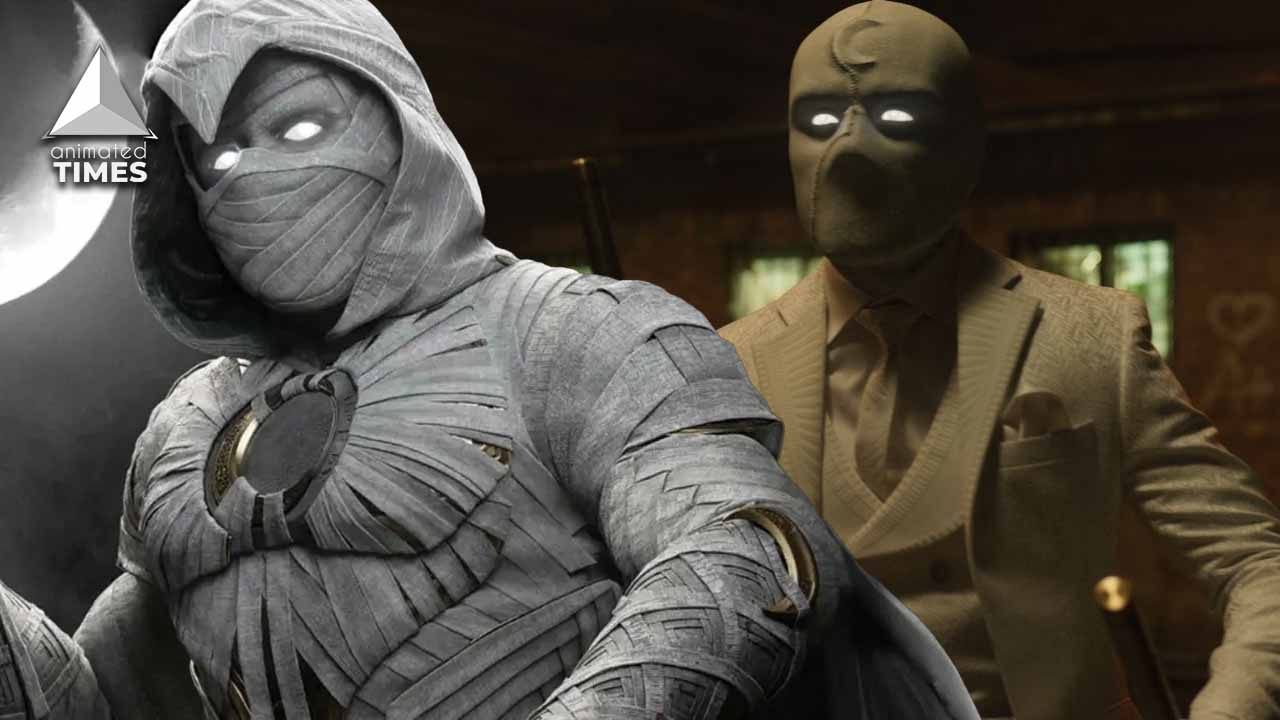
Moon Knight, be it the comic or the show feels like a separate entity from the greater MCU. This is perhaps the first time Marvel has attempted on creating something out of an unstable and sketchy storyline. The show reflects this in its early episodes, as it makes fewer references to other MCU heroes. This is the first Marvel show of recent memory that’s made no reference to Thanos, “The Blip,” or other universe-shattering events, opting to mainly focus on the main character and his struggles.

